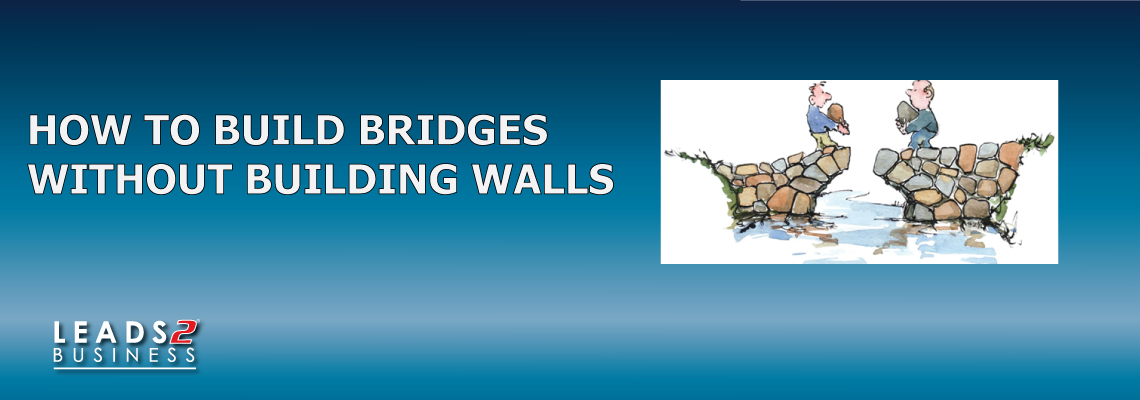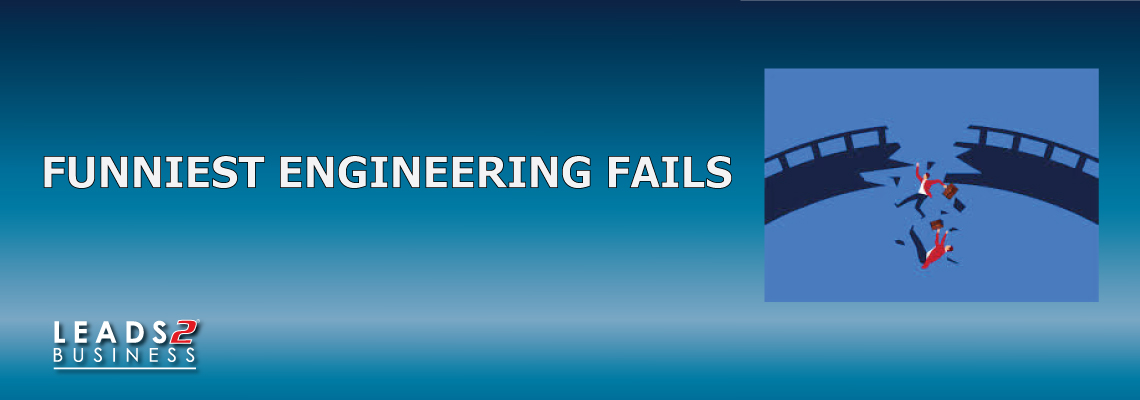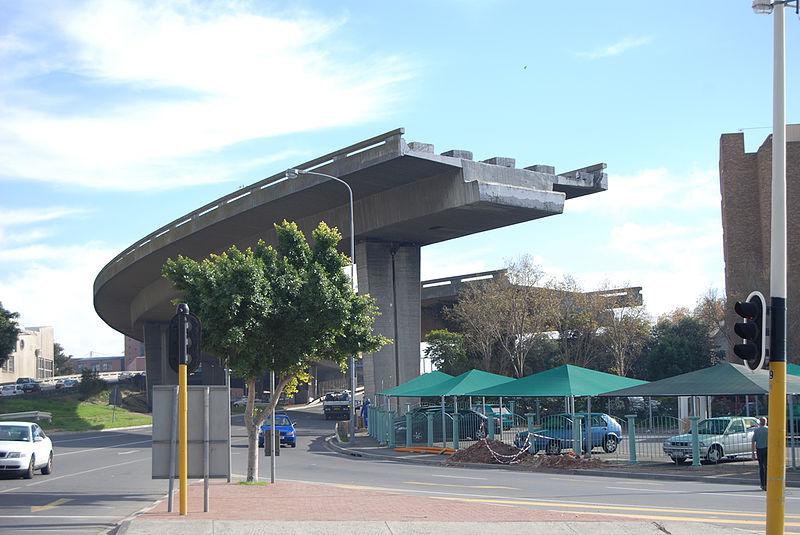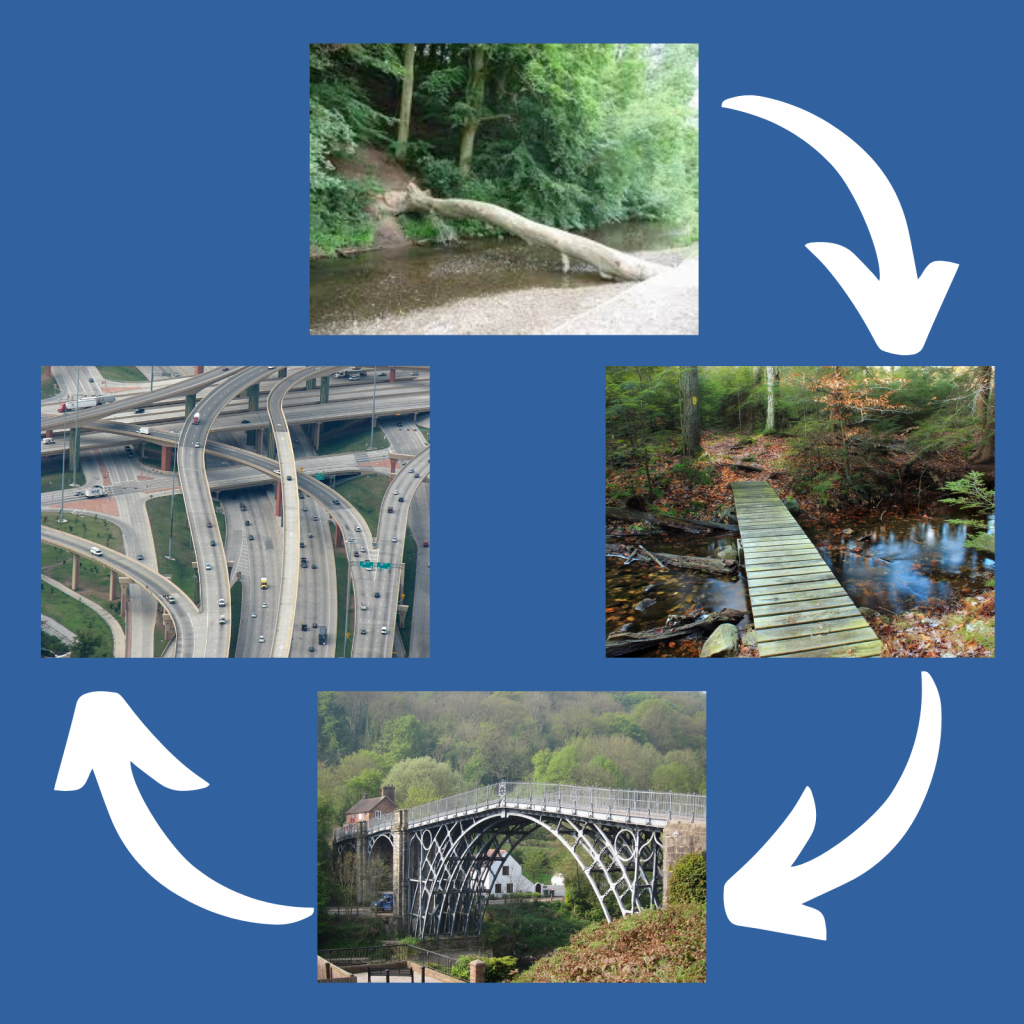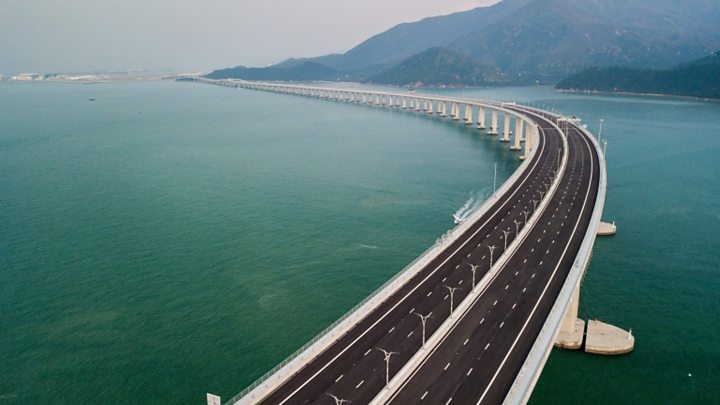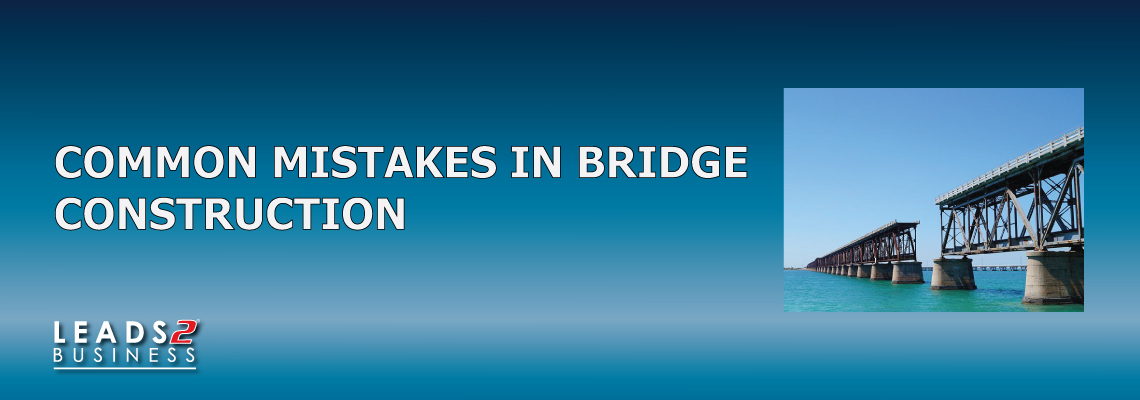
Everybody wants a beautiful living space, a space in which to unwind and relax and shrug off the stresses of day-to-day life.
Your home should be your sanctuary, your place to escape and just be.
Here are my 15 Ways to Renovate on a Budget.
First and foremost:
1. Establish a Budget and Don’t Budge
It is so easy to get caught up in the beautifying process that one can easily go over what has been budgeted for.
2. Pay Cash
You are wanting to create an environment that allows you to come home, kick off your shoes and relax after a long day, not one that causes you to pull your hair out while you are number-crunching until the wee hours of the morning because of credit card debt. As far as is possible, buy your materials with cash.
3. Check Your Prices
Don’t just go into one store to find all your prices, if you are going into a large store, there is every possibility that you might get caught up in some slick sales talk and wind up going over your budget, go to a few stores, get quotes and compare prices.
4. Clean Up
Before starting a project, clean up. Be ruthless with yourself if necessary. I tend to suffer from sente(mental)ity, there are dozens of keepsakes that we are given by children along the way and they get hung up on the fridge and such, in the pursuit of cleaning up, if it isn’t going to serve a purpose, take a photo of it and then chuck it.
5. Set a Time Limit
Rome wasn’t built in a day, but if there wasn’t a time frame to work within, it would still be under construction. Again, because time is precious, you don’t want to lose precious time with your family.
6. All Hands on Deck
When you take on a renovation project, instead of employing a company to do the work for you, why not get the whole family involved, this creates friendship and most of all, ownership.
7. Recycle, or upcycle.
There are so many good ideas of how to transform “junk” into useful items on Pinterest, so, get pinning!
8. Feature Walls
Instead of painting out a whole area, consider painting a feature wall. The idea behind this is to create the illusion of space, it’s also a great way to allow yourself to have fun and to get creative with colour and also cost-effective when purchasing paints.
9. Consider LED
LED lights need not be BRIGHT, there are different shades to choose from, depending on your needs, a cool white would better suit a kitchen or bathroom, where a warm white would suit lounges and bedrooms, as older globes go, consider changing up and save on your electricity costs and doing your bit for the environment.
10. Consider Skylights
This is a great way to add natural lighting to your home in strategic places and also to cut your daytime electricity costs, work out the pros and cons of adding a skylight and as far as possible try to calculate what you would save in lighting up those areas.
11. Do It Yourself.
If you can build shelves, lay tiles or even paint, then you have already saved some money that can be utilized elsewhere.
12. Add Plants
Well placed plants have a way of lighting up spaces, you would do well to consult with your local garden centre to obtain some advice as to which plants are best suited to which areas, for example, it would not be a good idea to put a cactus in the bathroom.
13. Go Green
There is a lot of focus on the environment and lessening our footprint, If you are updating your bathroom, why not look at going green, Low flow toilets and low flow showerheads will not only help you do your part for the environment, but it will also help you to save money.
14. Work Party
The community my family belongs to believes that it takes a village….not only to raise a child but to do things like this. An old-fashioned work party is a great way to get a large part of the job done and an after-work braai is a great way to connect with one another after the work is done.
15. Have Fun!
You are doing this to give you a space to make amazing memories with your family and friends, don’t lose yourself in the mess, you are making memories as you go, it might be hard work now, but the payoff will be better.
If you are interested in becoming one of our subscribers, please visit Leads 2 Business.
To view notes with screenshots on how to use our website, please visit Leads 2 Business Wiki.
To view more Articles, please visit our Leads 2 Business Blog.




